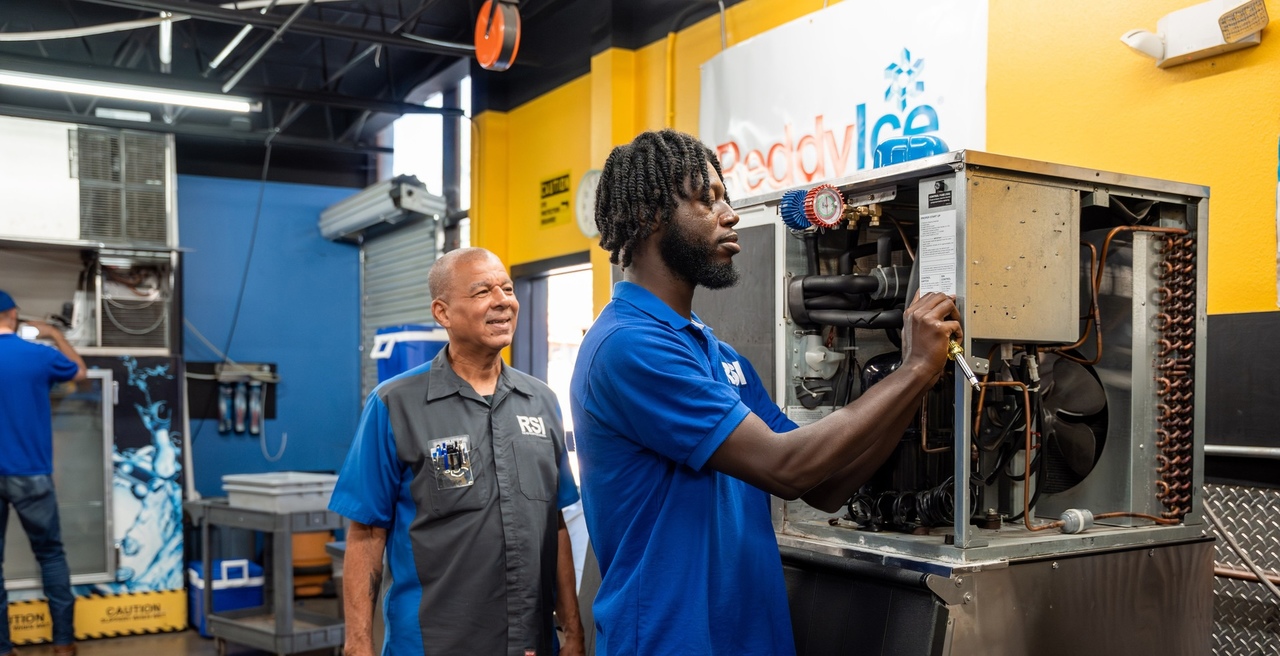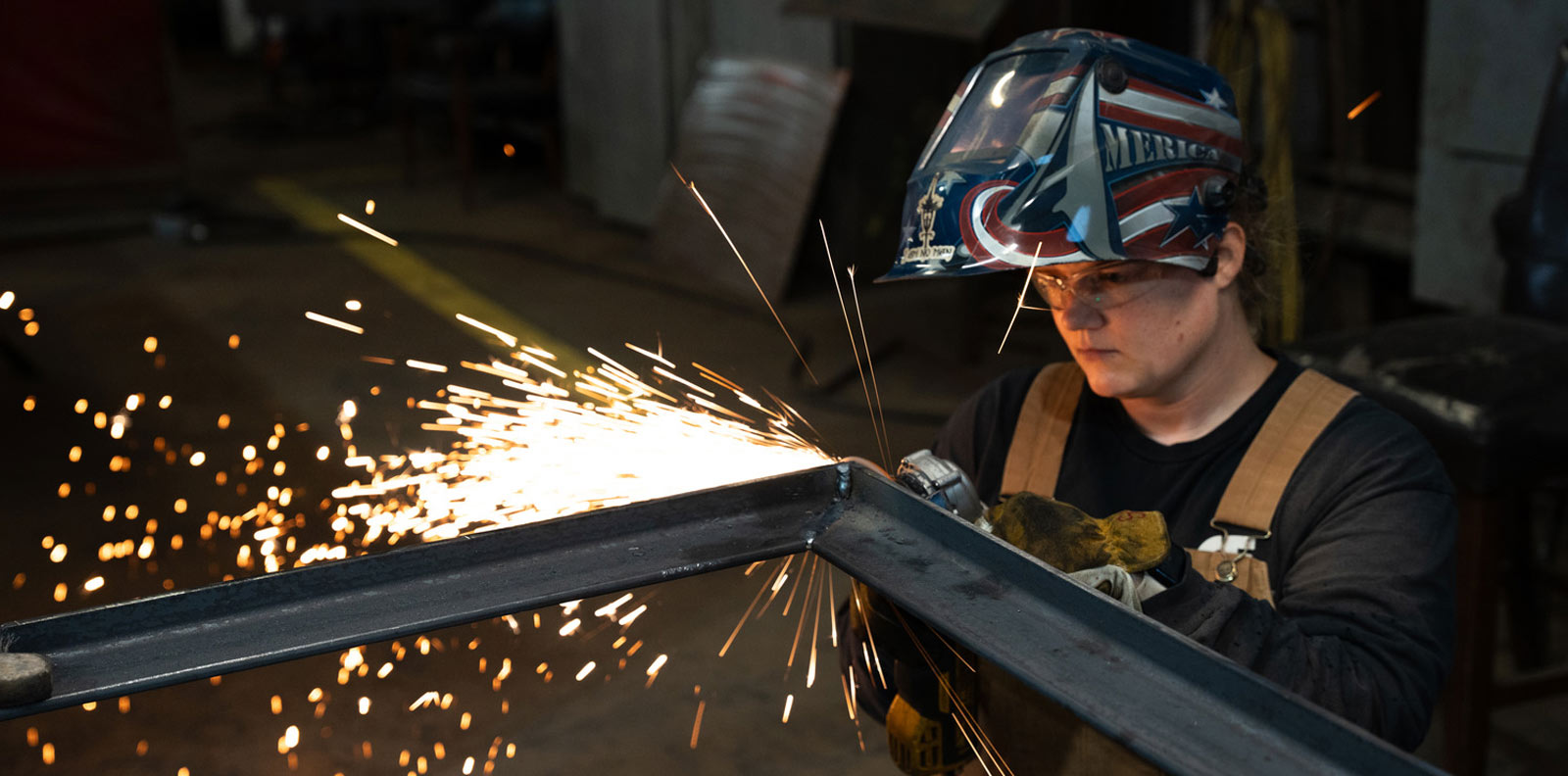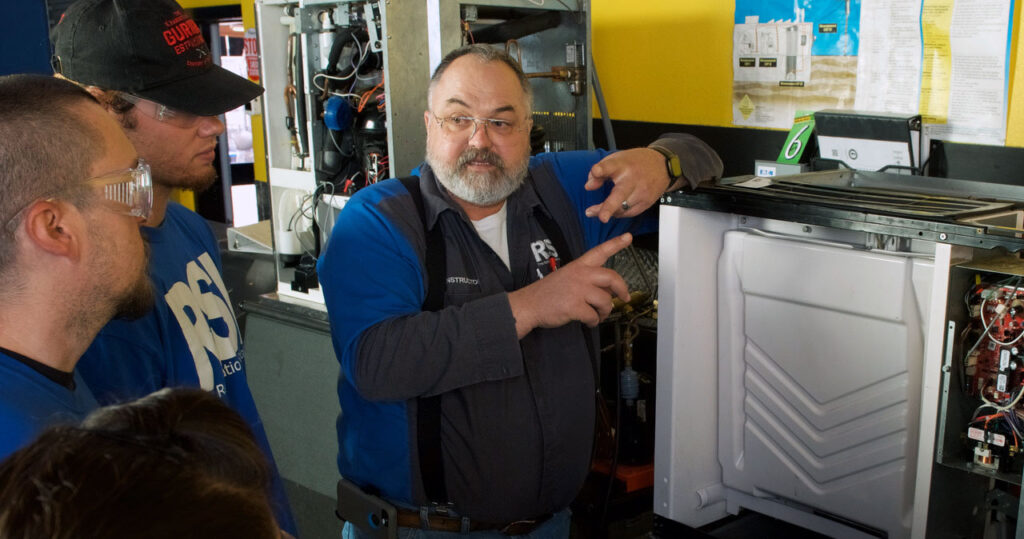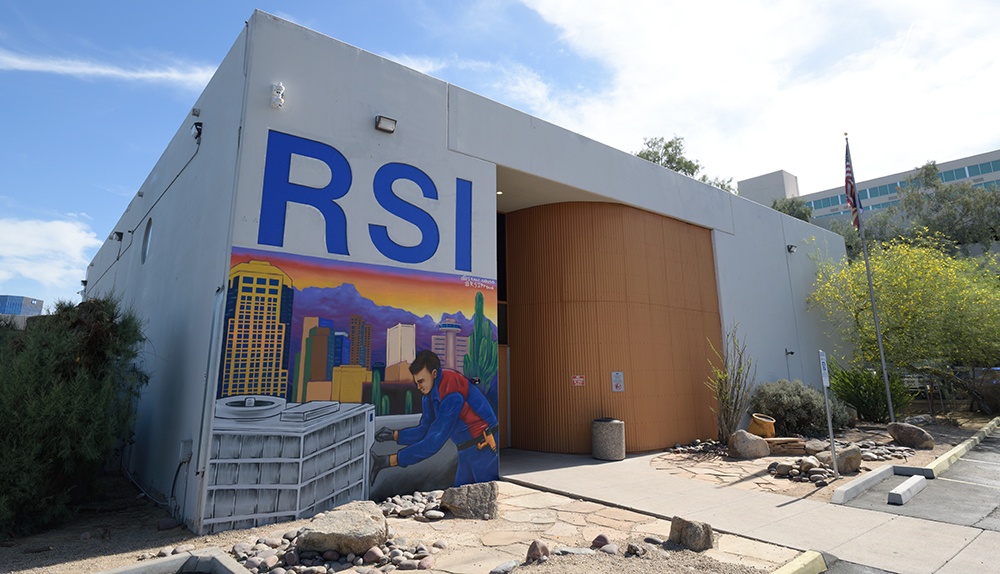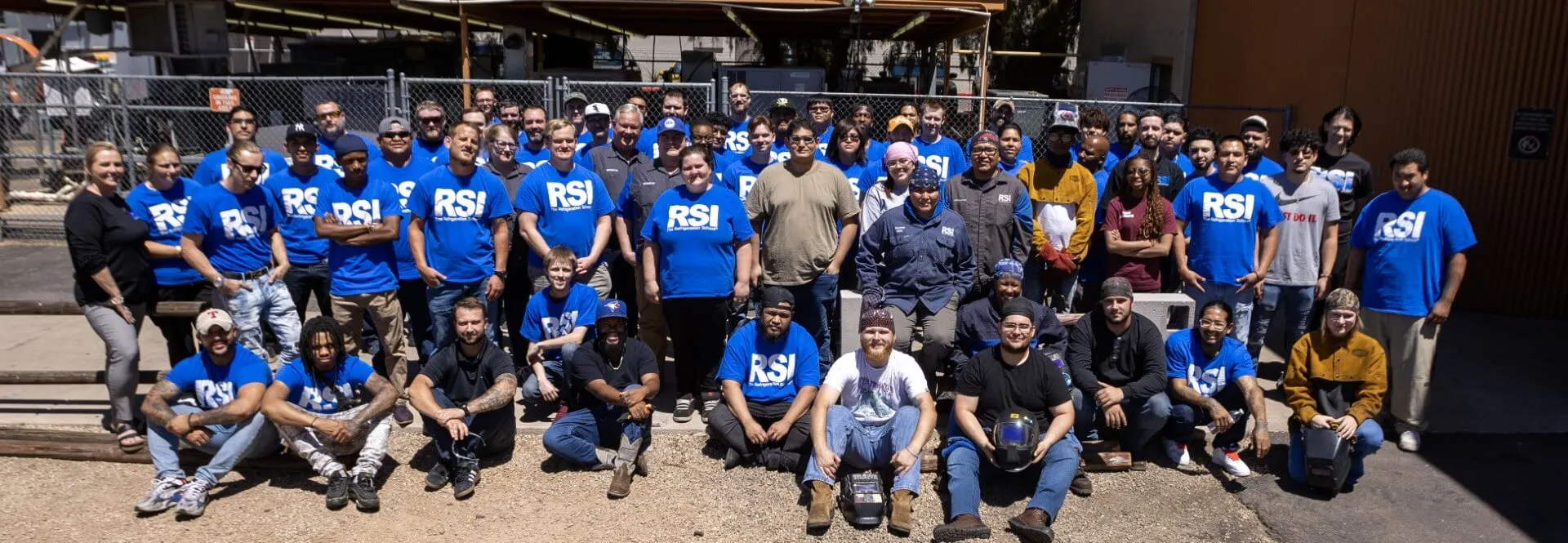RSI is a Great Training Option for Everyone
Learn more about how we can prepare you to advance your career.
Most air conditioning systems use the same key parts. These components work together to cool, and clean air. Here’s a breakdown of the basic components of air conditioning systems:
Thermostat
The thermostat is the control center for the whole system. You set the temperature, and the thermostat tells the AC when to turn on or off. For example, you set your thermostat to 72°F. When the room warms to 73°F, the thermostat signals the system to start cooling.
Evaporator Coil
The evaporator coil cools the air inside your home. It sits inside the indoor unit, next to the furnace or air handler. The evaporator coil holds a cold chemical called refrigerant. Warm air from the house passes over the coil and the refrigerant absorbs the heat, and cooler air is blown back into the room.
Condenser Coil
The condenser coil releases heat outside. It is located in the outdoor AC unit. After the refrigerant absorbs heat from inside your home, it moves to the condenser coil. A fan blows air over the coil to push the heat outside. For example, if you stand near the outdoor AC unit, you’ll feel warm air being blown out. That’s heat removed from your home.
Compressor
The compressor moves refrigerant through the system. It is located in the outdoor AC unit, next to the condenser coil. It squeezes the warm refrigerant gas, making it hotter and higher pressure. This process helps move the refrigerant back to the evaporator coil. The compressor is like a pump. Without it, the refrigerant couldn’t cycle through the system.
Get Started on the Path to a New Career
Fill out our form to learn how we can help you change your life.
Expansion Valve
The expansion valve controls how much refrigerant goes into the evaporator coil. After the refrigerant releases heat outside, it travels through the expansion valve before entering the evaporator. The valve lowers the pressure, making the refrigerant cold again so it can absorb more heat.
Think of it like a faucet. The valve controls how much refrigerant enters the coil.
Air Handler or Furnace
The air handler or furnace pushes air through your home. This part of the AC unit contains the fan that moves air across the evaporator coil and into the ductwork. If your system has a furnace, it may also be part of the heating system. The blower inside the air handler runs even in fan-only mode, moving air without cooling it.
Ductwork
Ducts move air throughout the building. These tubes connect each room to the central unit. While supply ducts bring cool air in, return ducts pull warm air back out to be cooled again. The vents in your bedroom and living room are connected by ducts hidden in walls or ceilings.
Refrigerant
Refrigerant is the chemical that absorbs and moves heat. It flows through coils, shifting between gas and liquid. It picks up heat inside and drops it off outside. Different systems use different types of refrigerants, like R-410A or R-32. Without refrigerant, the system can’t cool your air.
The Fundamental AC Components Are The Same Across Units
Every air conditioning system you’ll encounter in the field will share the same fundamental components: thermostat, coils, compressor, expansion valve, air handler, ductwork, and refrigerant. As an HVAC technician, mastering how these parts interact will be crucial to troubleshooting issues, performing maintenance, and installing systems correctly. The better you understand each component’s role, the more confident you’ll be when diagnosing problems and ensuring customers stay cool and comfortable year-round.
Want To Learn More?
Because HVAC is a hands-on job, technical training is typically required for anyone to enter this field. It is important for you to invest in a trade program to learn the trade skills you need to be safe and effective as an HVAC/R professional. To learn more about our HVAC program, contact us online today.
